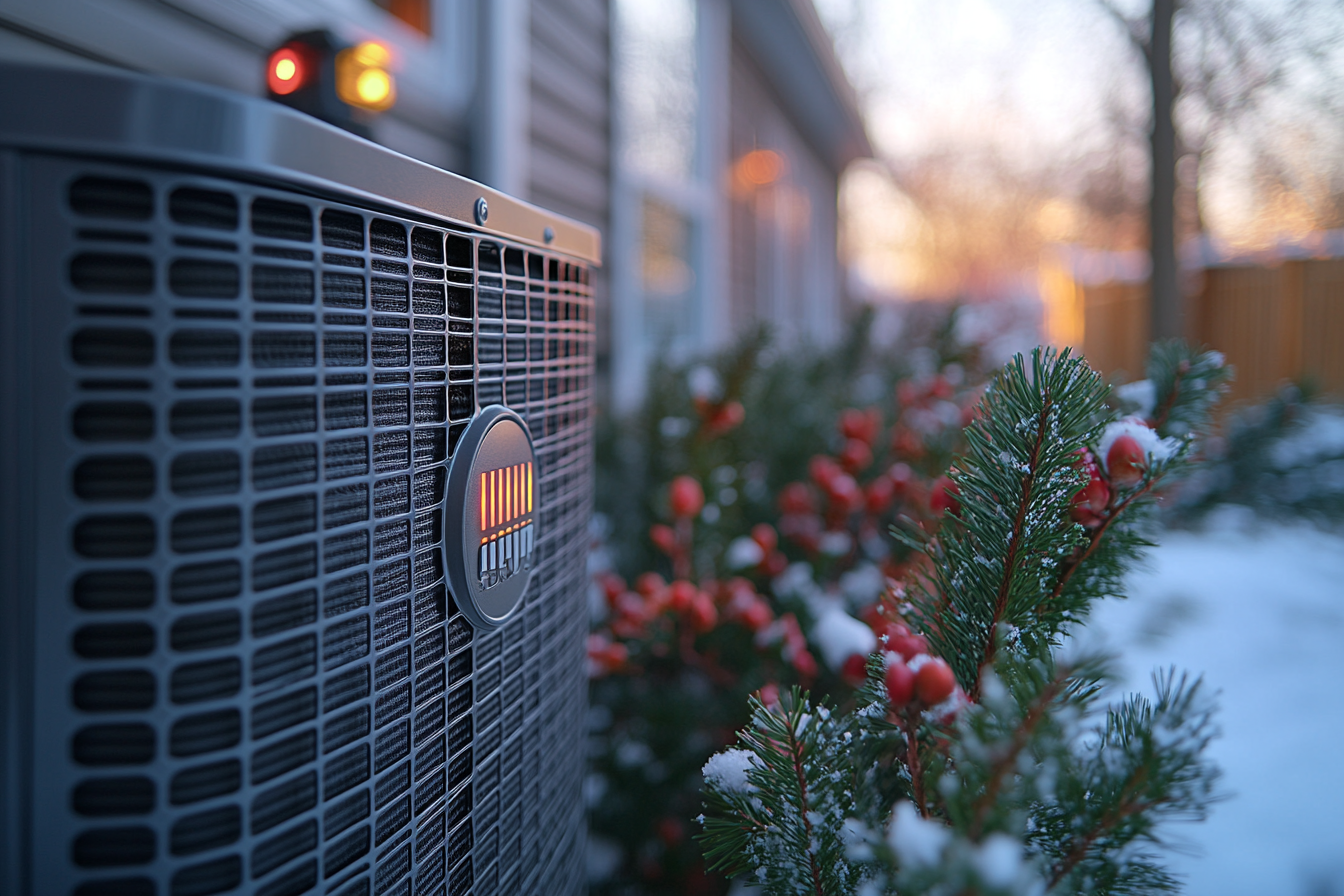What Is COP and Why Does It Matter for Heat Pumps in Canada?

Written by Solenery
2 min read
Introduction
When researching heat pumps, you’ll come across a technical-sounding acronym: COP, or Coefficient of Performance. But what is COP, and why should Canadian homeowners care about it?
Simply put, COP tells you how efficient your heat pump is—especially in cold weather. It’s the single most important number when evaluating how a heat pump will perform during a Canadian winter. In this article, we’ll break down COP in plain language, show how it changes with temperature, and help you understand what to look for when shopping for a cold-climate system.
What Is COP (Coefficient of Performance)?
COP = Heat Output ÷ Electricity Input
It measures how much heating (or cooling) a heat pump delivers for every unit of electricity it uses.
Examples of COP
COP 3.0 → Produces 3 units of heat for every 1 unit of electricity.
COP 1.0 → Same efficiency as electric baseboard heating (1:1).
The higher the COP, the more energy-efficient (and cost-saving) the system is.
Example: A gas furnace is about 0.9–0.95 effective. So a heat pump with a COP of 2.5 is 2.5x more efficient than baseboards—and 2.6x more efficient than gas.
How Does COP Change with Temperature in Canada?
This is the part many people miss: COP drops as the outside temperature drops.
Typical COP at Different Temperatures
| Outdoor Temp (°C) | Typical COP – Cold-Climate Heat Pump |
|---|---|
| +10°C | 3.5 – 4.5 |
| 0°C | 3.0 – 3.5 |
| -10°C | 2.2 – 2.8 |
| -20°C | 1.8 – 2.2 |
| -25°C | 1.5 – 2.0 |
Rule of thumb: Choose a model with tested performance at -25°C if you live in Alberta, Manitoba, or Northern Ontario.
NRCan’s cold-climate testing confirms many ENERGY STAR® units maintain strong performance even at -25°C.
What Is a “Good” COP for Canadian Homes?
For Canadian winters, look for:
Recommended COP & Specs
- COP ≥ 2.5 at -15°C.
- Tested operation at -25°C.
- ENERGY STAR® Cold Climate certified.
- HSPF (Heating Seasonal Performance Factor) ≥ 10.
Example: A homeowner in Ottawa selected a model with:
Ottawa Homeowner’s Heat Pump Specs
- COP 2.7 at -15°C.
- Variable-speed compressor.
- Dual-stage heating.
It kept the home warm and saved ~$900/year in energy bills vs. electric baseboards.
COP vs HSPF vs SEER: What’s the Difference?
Comparison of Metrics
| Metric | Use Case |
|---|---|
| COP | Instant efficiency at a single temperature. |
| HSPF | Seasonal average for heating (used for rebates). |
| SEER | Seasonal cooling efficiency (less relevant in winter). |
When shopping for a heat pump in Canada, prioritize COP + HSPF. SEER is great for summer, but not helpful in -20°C.
How to Find COP Ratings Before You Buy
Ways to Research COP
- Check Natural Resources Canada’s EnerGuide database.
- Look for the manufacturer’s tech sheet (lists COP at multiple temperatures).
- Ask your installer for a cold-climate model recommendation.
- Use Solenery Insights to match high-COP models to your postal code + climate zone.
Want to skip the research? Solenery only recommends heat pumps with verified cold-climate performance.
Conclusion
COP is more than a number—it’s your window into how well your heat pump will perform in a real Canadian winter. Choose a unit with high COP at low temperatures and you’ll stay warm efficiently—even at -25°C.
And the best part? With updated 2025 incentives, Canadians can now offset the cost of high-COP heat pumps more easily than ever:
2025 Heat Pump Incentives
- Canada Greener Homes Loan – Up to $40,000 interest-free.
- HER+ (Ontario) – Additional $5,000–$10,000.
- CleanBC (British Columbia) – Up to 100% cost coverage for qualifying households.
- Efficiency NS (Nova Scotia) – Up to $6,000 for heat pumps.
- Yukon & Alberta – Targeted rebates and financing programs available.